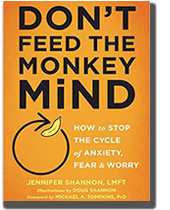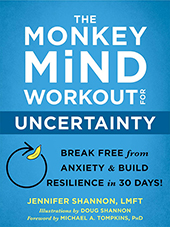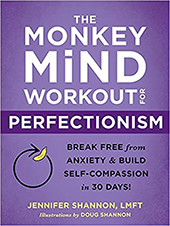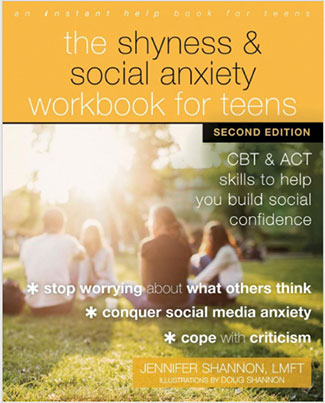Videos
Videos and Meditations
Newest to Oldest
12. From Controlling to Caring
What is the Difference Between Caring for and Controlling our Loved Ones? When we care deeply for someone, we will feel fear; this is inevitable. We want them to be happy and free from suffering. We become frightened when we see them do something that may cause pain. This fear presents a fork in the road; we can go down the path of caring or the path of control. If we choose the path of caring, we keep our hearts open. To care, we must be willing to allow our hearts to break, which takes tremendous courage.
11. Active Meditation for Strong Emotions
11a. Instructions for “Active Medication for Strong Emotions”
Active Meditations can be particularly useful when we are having strong, intense emotions. When we have strong emotions we often try to do things to get rid of these feelings that are unproductive. Instead of trying to distract ourselves by trying to push these emotions away by numbing ourselves with alcohol, drugs, food, things like that. Active Meditation is a process that can help us process the emotions, ground us, and bring us more clarity.
10. Welcoming Uncertainty Meditation
Uncertainty is and always has been a part of life, no matter what we do. The greater our acceptance of it, the more relaxed, happy, and grounded we will be. Every new thing we’re uncertain about is an opportunity to practice thinking more accurately, increasing our capacity to tolerate negative emotions, and controlling our impulsive behavior. Active acceptance is how we cultivate peace, presence, and happiness in our lives. When we learn to actively accept it, uncertainty becomes a gift.
9. Forgiveness Meditation
Do you have a difficult time forgiving yourself? Do you live with unresolved shame or regret for something you have done or said or left undone? Are you unable to forgive others? This meditation can help you begin the process of forgiveness for your own deeds, as well as those of others.
8. Are you a Perfectionist?
Do you hold yourself—and others—to unrealistically high standards? Are you afraid of making mistakes? Do you live for to-do lists and deadlines, and yearn for flawlessness? You aren’t alone. In our competitive, high-pressure world, it’s natural to strive for excellence. But over time, these perfectionistic tendencies can feed the internal anxious “chatter” known as your “monkey mind.” So, how can you quiet the monkey and stop feeling like you need to be perfect all the time?
7. Meditation for Impatience
My impatience, like everyone’s impatience, is characterized by the assumption that things SHOULD be going better, smoother, more efficiently, than they are. It’s a standard of performance we expect that is not being met. Judging everything with this perfectionistic mindset, we contract, causing ourselves and others to suffer. We really shouldn’t be so impatient, should we? Sometimes I get so impatient with my impatience!
The antidote to impatience is hardly more judgments and criticism. What we need is compassion, understanding and acceptance. This meditation is specifically designed to help us stay present with our feelings of impatience. When we welcome, rather than resist this painful emotion, transformation happens.
6. How to Super Charge Your New Year’s Resolutions
When it comes to new year’s resolutions, we often start out with enthusiasm and resolve, only to find it fading within a few short months. One of the reasons for this is we focus too much on the end goal, for example “lose 10 pounds”, “organize our garage”, or “run 5 miles”. When we focus so much on our end goals, we often miss out on two very important things.
Committing to the goal of your new resolution means committing to the journey as well. If the trip to get where you want to go sounds like a grind, perhaps there is a way to get there that inspires you as well. To help you find that inspiration, ask yourself, what are the personal values that my journey might honor?
5. Why Trying to Relax Doesn’t Work
During this short exercise you will learn why trying to relax only makes anxiety worse, and how to move into your anxiety with ease.
4. How to Manage Time in Three Minutes
In this video, Jennifer Shannon author of “Don’t Feed The Monkey Mind, teaches us how to manage our time with 3 simple tools, in 3 minutes.
3. The Responsibility Pie
The Responsibility Pie is a great tool that can help give us perspective, and the courage to take responsibility for what we are most responsible for, ourselves!
2. Don’t Feed the Monkey Mind
The author’s introduction to her book about stopping the cycle of anxiety and worry.
1. My Social Anxiety – with Rose Shannon
Author Jennifer Shannon credits her own daughter’s struggle with social anxiety as inspiration for writing The Shyness and Social Anxiety Workbook for Teens. Here Rose speaks about her social anxiety as a teen and how cognitive behavioral therapy (CBT) helped.
A. The Dog Story – Cognitive Behavioral Therapy Explained
Jennifer Shannon tells a simple “Dog Story” to illustrate how Cognitive Behavioral Therapy works for anxiety, phobias and other common problems.
Books List
Don’t Feed the Monkey Mind
|
Monkey Mind Workout for Uncertainty
|
Monkey Mind Workout for Perfectionism
|
A Teen’s Guide to Getting Stuff Done
|
The Shyness and Social Anxiety Workbook for Teens: CBT and ACT Skills to Help You Build Social Confidence
|
The Anxiety Survival Guide for Teens
|







